Shorebirds lift off to an uncertain end from Delaware Bay
By Dr. Larry Niles, LJ Niles Associates, LLC
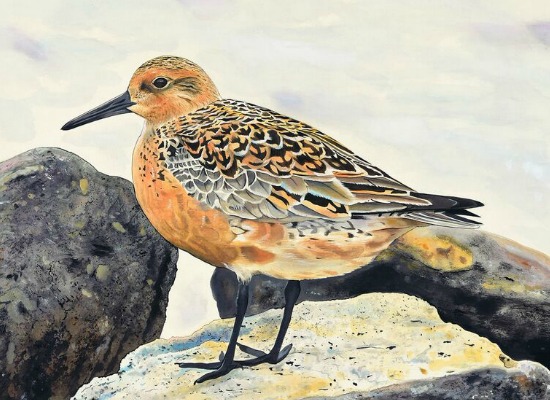
I am reviewing a new paper by Sjoerd Duijns, a student working on the benefits of being a fat shorebird. Still, a draft, the paper analyses data from radio-tagged red knots leaving the Bay in good condition (i.e. fat) and finds they may leave later from Delaware Bay than lighter birds but arrive earlier in the breeding grounds because they can pick the best time to leave. They are also more likely to breed successfully and survive the Arctic breeding season to the following fall. In other words, being a fat knot on Delaware Bay makes life good.
So, in light of this new information, how did the red knots and other shorebirds fare in this year’s Delaware Bay Stopover? One must not be firm, with so many unknowns, but here’s a working biologist’s best guess.
By all accounts it was one of the worst years in recent memory, but with a twist that offers a glimmer of hope.
First, the Bay’s water reflected an unusually cool May and never really warmed to the levels necessary for a really good horseshoe crab spawn until the very end. This caused odd occurrences of crab spawning. For example, crabs bred in greater densities at the southern beaches this year, more than in previous years. The spawn at Norburys Landing, just south of the commercial oyster aquaculture development zone (ADZ), was one of the best this year, and knots and other shorebirds used the area in great number. One can only guess the water temperatures warmed over the wide inter-tidal flats provided just enough to elicit spawning. The same process was true of all the creeks on the Bay.
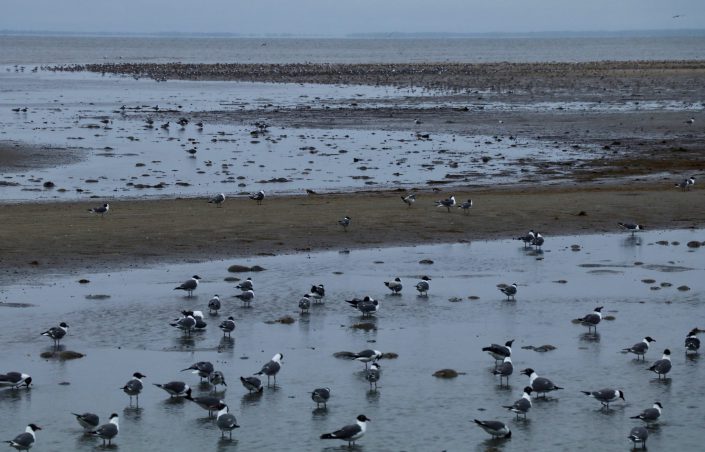

Second, the knot numbers never really climbed to the levels of the last three years. I’m guessing this was illusory, a consequence of the count being done on two days at the peak. It’s likely many more birds came to the Bay and seeing many birds for too few eggs, left for better resources elsewhere. Those that left were probably short distance winterers – those from relatively close in Florida and other nearby areas. The Bay’s horseshoe crab eggs would help them too, but they can get by on Atlantic Coast clams and mussels. The long-distance birds are the ones that need the Bay’s resources.
Third, when finally, the spawn got underway, a freak concurrence of wind and tide killed many thousands of crabs, potentially damaging the population and very likely ending any possibility of a really great spawn. The cobblestone road of crabs on the water’s edge. We saw none of that this year. Not once.
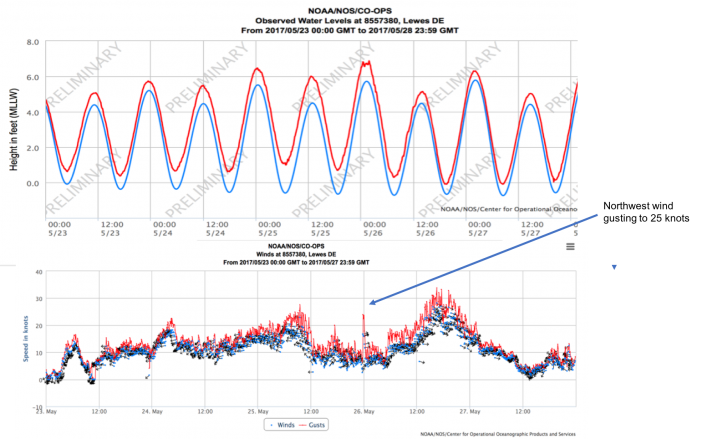
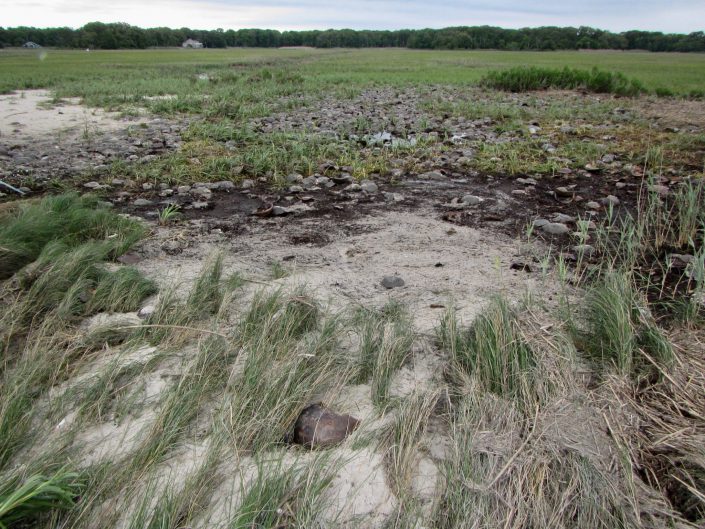
Grim results, but here’s the twist. In good years, knots leave near the 27th of May. One day they jam the beach gobbling up eggs, the next day there gone. In bad years, they linger. In 2003, we caught birds on the June 10th. There’s a cost to this of course, in lower survival and failing production. This year was a new in between. By the time of departure on May 27th, less than a quarter of the knots were prepared to leave. But they hung on until the 30th, blessed with a new flush of horseshoe crab eggs created by a middling spawn and a northwesterly wind churning up the beaches and exposing deeply buried eggs. Did the birds gain enough weight?

It’s hard to say, our last catch of just 33 knots suggests they might have, but an end-of-the-season catch makes a poor assessment. Once birds start leaving, the ones behind could be the light birds not ready to leave, or the heavy birds waiting for better weather. We won’t really know until the fall counts in the southbound stopover or the winter count in Tierra del Fuego.
This, our 21st season of intense research and conservation on Delaware Bay by all accounts will be like no other. Throughout all of it, the team of scientists and volunteers remained inspired, energetic and resourceful. In this one month, we conducted more scientific investigation and conservation than most projects do in an entire year. Whatever the outcome of this year’s stopover season, our team can look hopefully to the north and know that all that could be done for the birds was done.
Those of us that were paid for our time sincerely thank those who volunteered their time including; the stewards that manned the closed beaches helping hundreds of people understand why closures were needed; the volunteers in the banding team who endured long hours of preparing equipment, making bands, sewing nets and keeping cages and of course counting, catching and processing birds; the volunteers who doggedly pursue opportunities to resight flagged birds to estimate numbers and yearly survival; the volunteers that provided meals every single night, a welcome relief from a hard day’s work; and finally, the volunteers that went out all over the Bay to save horseshoe crabs in weather both good and bad. We all did our best. God help the birds and horseshoe crabs.
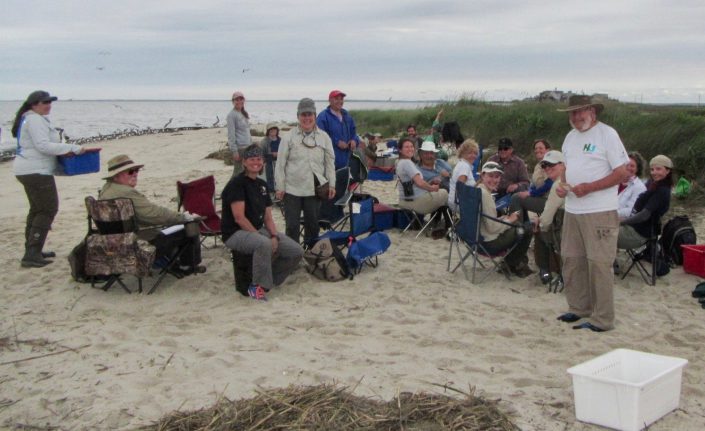
Dr. Larry Niles has led efforts to protect red knots and horseshoe crabs for over 30 years.
LEARN MORE
- Delaware Bay Shorebird Project
- 2017 Delaware Bay Shorebird Project blogs
- 2016 Delaware Bay Shorebird Project blogs
Discover more from Conserve Wildlife Foundation of NJ
Subscribe to get the latest posts sent to your email.